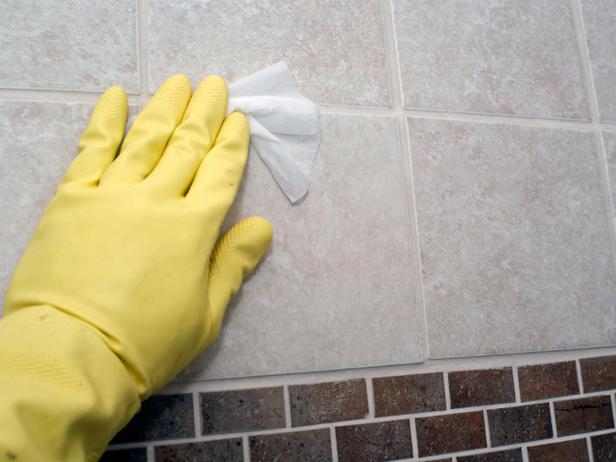Natural Stone Flooring Terms
Acid-Washed Finish Takes the shine off polished stone and leaves small etching marks (pits in the surface). It gives the stone a rustic or antique appearance.
Brushed Finish A worn-down look achieved by applying heavy-duty plastic or metal brushes to the stone.
Bull Nose Edge The rounded or curved edge of a natural stone floor tile.
Calibrated A process of machine honing the back of the piece to either a smooth or ribbed finish. Ensures the same thickness for the whole slab.
CBU Cement Backer Unit. For wood subfloors that require additional support and a moisture barrier.
Ditra Brand-name underlayment that allows for slight movement of the substrate without damaging the tile. Also a good water barrier.
Fabricator A professional who turns natural stone slabs into customized pieces for specific installations.
Flamed Finish A blowtorch is passed over the stone, heating the surface crystals until they explode. This leaves a rough, unrefined texture.
Granite This igneous rock is the hardest of all flooring stones with a very dense grain, making it virtually impervious.
Honed Finish Produces a flat, matte, or satin finish by stopping short of the last stage of polishing.
Igneous Rock Results when magma, the molten rock from the center of the earth, cools and hardens.
Limestone Sedimentary stone formed by the accumulation of organic materials, such as shells and coral, sand, or precipitates.
Manufactured Stone or Agglomerate Stone Made from natural stone chips suspended in a binder, such as cement, epoxy resins or polyester.
Marble A very dense and easily polished metamorphic rock.
Metamorphic Rock Simply means “changed form.” When high pressure and heat are applied to certain rock in the earth’s crust, the result can be marble, slate or quartzite.
Polished Surface Finish A beautiful mirror-like finish is the result of using progressively finer polishing heads during the polishing process.
Porosity The state of being porous. Indicator of how much liquid the stone will absorb. Sandstone is very porous. Granite is not.
Quarry Excavation of rock from large deposits pushed up through the earth’s crust.
Sandstone Sedimentary stone composed of loose grains of quartz. Noted for its rough texture and porosity.
Saw-Cut Refined Finish After initial cutting, the stone is polished enough to take out the heaviest saw marks but not enough to give it a honed finish.
Sedimentary Rock Formed by the accumulation of sediments, such as plant or animal debris (limestone), mechanical weather debris (sandstone), or precipitates (travertine).
Slab Quarried blocks of stone that have been cut into sheets.
Slate A fine-grained metamorphic rock that easily splits into sheets. It’s composed of clay, quartz and shale.
Split Faced Finish A rough texture achieved by hand cutting and chiseling at the quarry, exposing the natural cleft of the stone.
Stone Tile Pieces of stone — typically 12″x12″, 13″x13″, 16″x16″ and 18″x18″ — used to create flooring, walls and countertops.
Straight 90-Degree Edge A polished straight edge for stone tile.
Substrate The surface on which stone tile is laid.
Thinset A cement-based adhesive used in stone floor installations.
Travertine A crystallized, partially metamorphosed limestone, formed by natural mineral springs. It has a honeycombed structure and a lot of surface pitting.
Tumbled Stone Stone with a lovely smooth or slightly pitted surface and broken or rounded edges and corners.
Un-sanded Grout A dry, Portland cement-based product that is mixed with water to fill in all the joints between stone tiles.
With Thanks to www.wfca.org





Recent Comments